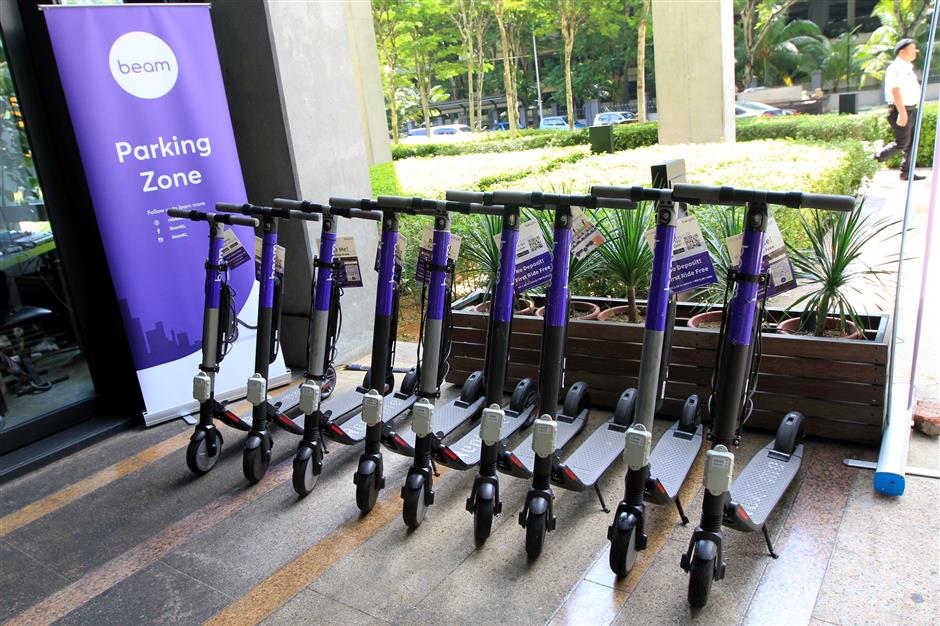
As urban centers continue to grapple with issues of traffic congestion and environmental sustainability, new micro-mobility solutions such as e-scooter sharing have emerged as potential remedies. The rise of e-scooter sharing has ignited a conversational firestorm, with proponents lauding its benefits and critics lamenting its drawbacks. In this deep dive, we’ll unravel the contrasting perspectives surrounding micromobility, exploring the undeniable advantages coupled with the burgeoning concerns.
Pros of E-Scooter Sharing
E-scooter sharing services offer a plethora of tangible benefits. Primarily, these eco-friendly options provide a convenient last-mile transportation solution for commuters, enhancing urban mobility. By reducing reliance on cars, e-scooters play a vital role in curbing carbon emissions, thus fostering more sustainable cityscapes. Moreover, e-scooter sharing facilitates diverse access to inner-city landscapes, empowering riders to effortlessly explore and support local businesses, culture, and community spaces. This accessibility not only enriches urban experiences but also promotes social cohesion and economic vitality. In essence, e-scooter sharing represents a multifaceted solution that not only addresses transportation needs but also contributes to building vibrant and resilient urban environments.
Furthermore, the advent of e-scooter sharing has spurred innovation in urban transportation, driving advancements in technology and infrastructure. This, in turn, leads to improved efficiency and accessibility in city planning and public transit systems. Additionally, the flexibility and affordability of e-scooter services make them accessible to a wide range of demographics, further democratizing urban mobility. As cities continue to evolve and face challenges related to congestion and environmental sustainability, e-scooter sharing emerges as a pivotal component of the solution, reshaping the urban landscape for the better.
Cons of E-Scooter Sharing
Despite its appeal, the controversy surrounding e-scooter sharing persists. One of the most pressing concerns lies in the realm of safety; accidents and injuries resulting from e-scooter usage have raised justified alarms. Furthermore, the haphazard parking practices of riders often contribute to cluttered sidewalks and aesthetically unpleasing urban scenes. Additionally, debates surrounding regulatory frameworks have stiffened as cities grapple with integrating e-scooter sharing services into already crowded transport ecosystems.
Moreover, issues related to equity and accessibility have come to the forefront of discussions surrounding e-scooter sharing. Critics argue that these services may exacerbate existing inequalities in access to transportation, particularly in underserved communities. Furthermore, concerns about data privacy and security have been raised, as the collection of user data by e-scooter companies raises potential risks for misuse or breaches. As cities strive to strike a balance between innovation and safety, addressing these challenges will be essential for the sustainable integration of e-scooter sharing into urban environments.
Environmental Impact
An examination of micromobility solutions necessarily delves into the environmental aspects. E-scooter sharing emerges as a commendable effort in curbing carbon emissions, aligning with global ambitions to mitigate the hazardous effects of climate change. By nudging people towards sustainable transportation modes, e-scooter sharing plays a pivotal role in reducing pollution and fostering eco-friendly urban scapes, advocating for healthier communities.
Mindful Regulation and Infrastructure Stability
Couched with the fundamental challenges is the indispensable policy aspect. Addressing safety concerns with adequate regulations is imperative in securing the well-being of riders and pedestrians. Moreover, cities must contend with the aspect of infrastructural stability; integrating e-scooter sharing necessitates deliberations on parking areas, streamlined traffic flows, and sculpting urban landscapes conducive to micromobility.
Conclusion: Harmonizing the Duality: A Call for Symbiotic Integration
In a world brimming with dynamic possibilities, the surge in e-scooter sharing offers a poignant reflection. Despite the clear-cut advantages and attendant shortcomings, the way forward lies in conscientious, comprehensive integration. Harnessing the boundless potential of micromobility presents an opportunity for cities to rebalance and refracture its modern transport tapestry, nudging towards green, harmonious landscapes that cater to every urban constituent.

One thing I’d like to see is a balance between promoting e-scooters as an affordable transportation option and addressing the data privacy concerns that many users have.
I think this post raises some great points about the pros and cons of e-scooter sharing. It’s indeed crucial for cities to create harmonious regulations and infrastructure to make the most out of this eco-friendly transportation mode.
Thank you for sharing your thoughts on the post, Junaidah Abdul! We’re glad you found our discussion on the pros and cons of e-scooter sharing informative. At Eko Life Malaysia, we strive to provide eco-friendly transportation solutions that benefit our community while minimizing negative impacts. If you have any further thoughts or questions, please don’t hesitate to reach out to us at [email protected] or +60 3-7890 3042.